The Independent's journalism is supported by our readers. When you purchase through links on our site, we may earn commission. Why trust us?
5 best blackhead remover tools that help clear pores
With salons closed, recreate the facial experience at home with these hero buys
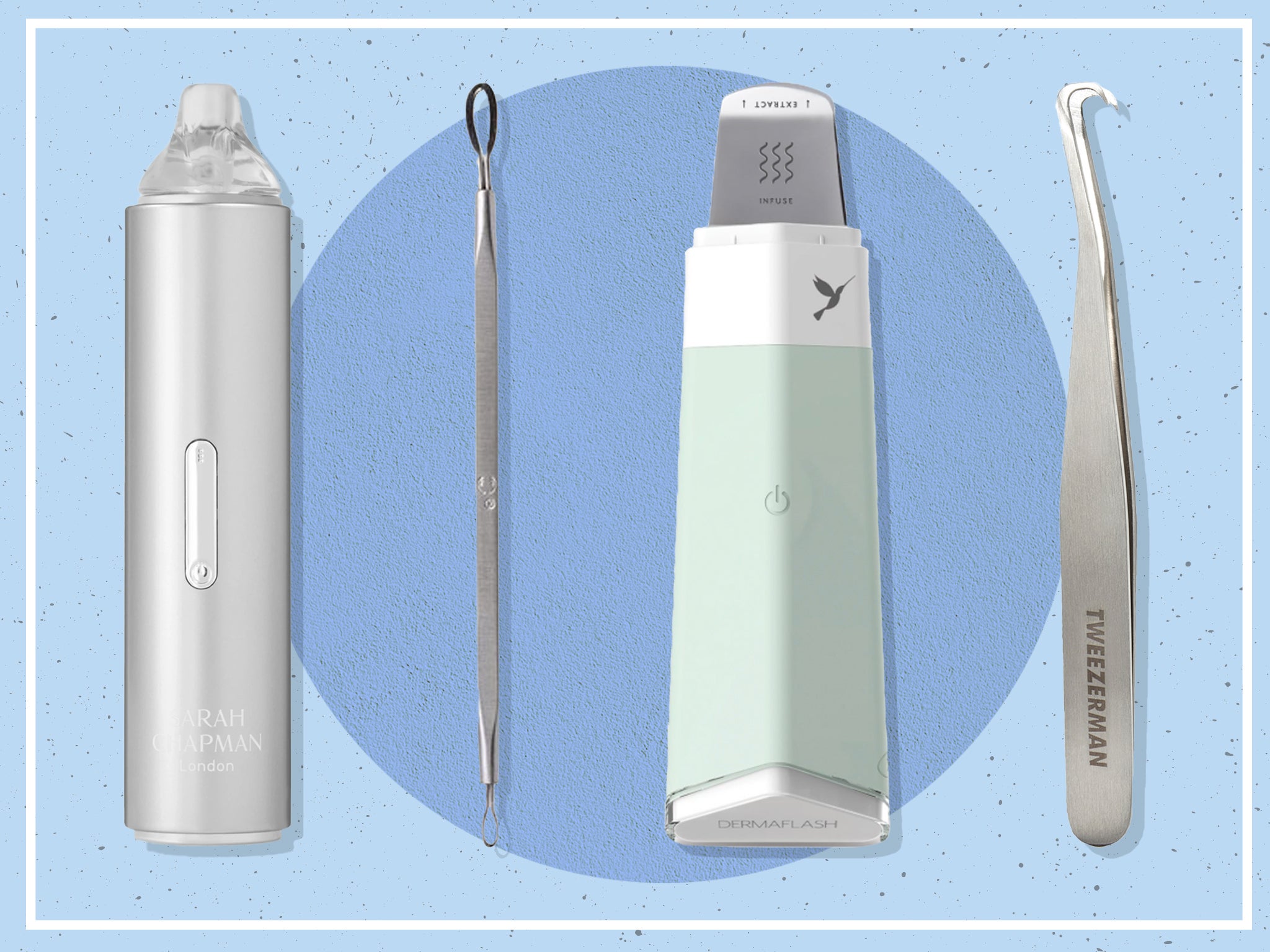
The safest way to remove blackheads is to have a facial that includes extractions done by a professional; bad DIY extraction can lead to scarring. However, when it’s not possible to get to a salon (hello, Covid) or if you’re just too much of a compulsive picker to wait, there are tools available to help you do it as safely as possible.
Of course, the cheapest way to do your own extractions is simply to wrap a piece of tissue around the fingertips of your index fingers and press out the congestion manually. But if you want a higher tech, more hygienic method, we’ve found the tools for you.
First, let’s be clear what we mean when we say blackheads. These are those dark little dots you get on your skin (they could be on your face or your body) that are caused when pores get clogged with oil, dead skin and dirt.
They’re different from sebaceous filaments, which are the structures that allow sebum to move to the surface of your skin, and can become clogged if you’re producing too much sebum; these look yellow or white when extracted.
You may also want to use an extractor to tackle spots such as whiteheads; the key with spots – or any kind of extraction – is not to try if you can’t see an open head. Not all these tools are suitable for use on spots; we’ve mentioned where they are.
Read more
- CeraVe launches new hydrating hyaluronic acid serum
- 8 best retinols for age-defying skin
- 8 best sheet masks that hydrate, brighten and soothe skin
- Drunk Elephant launches in Boots
- 12 best natural deodorants that are kinder to your skin
The best defence against blackheads or other congestion is good skincare. Use products that slough away dead skin cells and dirt, such as AHAs, BHAs and retinol, avoid those that contain comedogenic ingredients, such as shea butter, and be sure to double cleanse with a flannel every night, especially if you wear make-up.
It’s best to attempt extractions when your pores are naturally more open, which happens with heat: try it after a run or a shower, or simply put a towel over your head and hold your face close to a bowl of hot water for a few minutes.
After extractions, we recommend removing any remaining dirt with an acid-based exfoliating toner, and then following up with a hydrating serum (such as one using hyaluronic acid) and an oil; this last step may sound counterintuitive, but it actually helps regulate your skin’s own oil production.
You can trust our independent reviews. We may earn commission from some of the retailers, but we never allow this to influence selections, which are formed from real-world testing and expert advice. This revenue helps to fund journalism across The Independent.
1The Body Shop blackhead remover
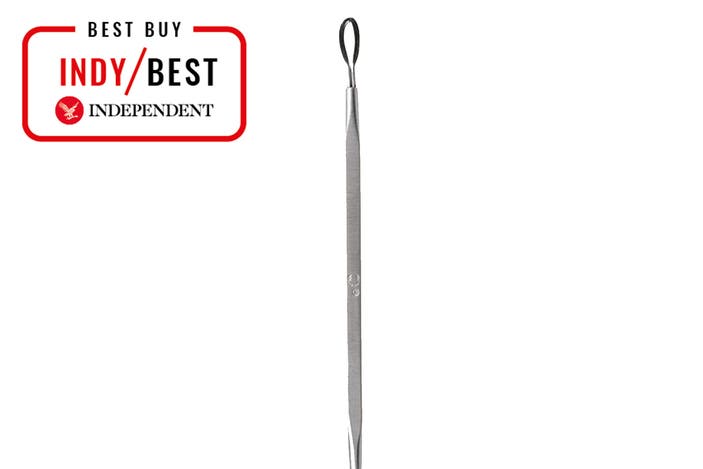
This is the simplest, cheapest and also safest form of extractor tool; plus it’s a more hygienic step up from using your fingers. Just select the end that sits most neatly over the top of the blackhead (or spot) and gently push down; we find that a little wiggle helps too.
It didn’t get all our blackheads out; some required so much pressure they’d leave a mark on the skin from the tool – we suggest you leave those ones where they are. If congested pores are your main concern, it will easily deal with them. Make sure to clean the tool in alcohol before and after each session.
2Sarah Chapman pro pore refiner, 60g
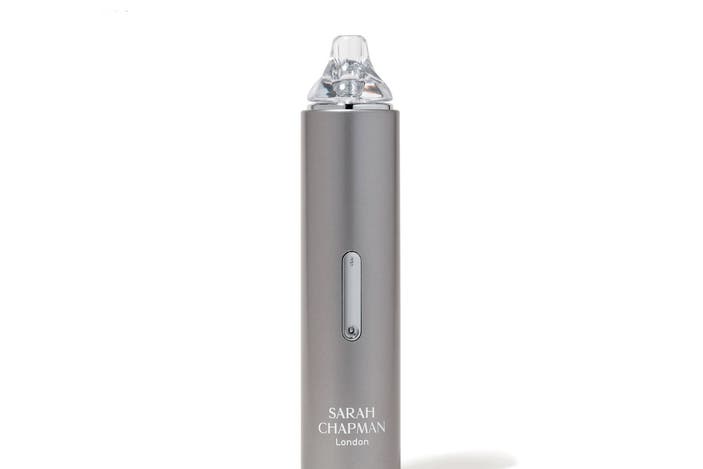
We were quite intimidated by this the first time we used it, but it’s not as scary as it sounds. It’s essentially a little hoover for your pores, much like happens in a HydraFacial. It works in three stages: the first is heat, the second is ultrasonic vibrations and the third is suction. You simply massage the flat, bottom end of the tool over damp skin in the congested areas for the first two settings (the device buzzes when your time is up on each to tell you to move on to the next stage) to warm skin and open pores, ready for extraction, then attach the nozzle to the other end and you’re ready to go.
It’s important to move the nozzle over taught skin in upwards motions, not to go over the same spot multiple times and to start using the gentlest setting, otherwise it could cause bruising. The gunk in the nozzle at the end is both gross and fascinating.
3Tweezerman blackhead extractor

Tweezerman is a brand we trust for quality and precision in its tweezers, and its blackhead extractor meets those standards too. This is definitely one for large, stubborn blackheads – you don’t want to be using this on simple congestion or on spots. You place the rounded base of the tweezers on either side of the blackhead, push down gently until it emerges, and then roll round to the more precise ends and pinch the tweezers closed to lift it out. It’s incredibly satisfying. Again, make sure to clean with alcohol before and after use.
4Corsrx blackhead silk finger ball

The beauty world is still obsessed with all things Korean, and these, from the K-beauty brand COSRX, have quite a cult following. They’re designed to be soaked in water and then placed on each fingertip and massaged over areas of congestion, to draw out blackheads.
Considering how soft they feel on the skin, they’re quite effective exfoliators – our skin was baby soft afterwards – and you can definitely see some grime on the balls. But to really get to those stubborn blackheads, we like them best used dry on a fingertip of each hand for a more hygienic way (and less prone to tearing than a tissue) to squeeze manually.
5Dermaflash dermapore

The top of this is essentially a flat metal spatula that you sweep across skin, applying firm pressure, to push gunk out of your pores. It vibrates very quickly (it makes a slightly alarming buzzing noise when you press it against your skin), which, as with Sarah Chapman’s pro pore refiner (£128, Lookfantastic.com), is supposed to help open the pores and loosen what’s trapped in them.
Similarly, you need to use it on damp skin. It has a second setting that’s supposed to use vibration to help products absorb; apply your serum to your skin and then move the flat of the device over the skin. We’ll admit we were sceptical when we first used this device, but pores look considerably clearer afterwards and it’s painless, too.
The verdict: Blackhead extractors
The best way to extract blackheads or congestion is to go to a qualified aesthetician, but for the times when you can’t or you’re simply too much of a compulsive picker to resist, The Body Shop’s blackhead remover is an easy, classic and affordable extraction tool. It may be a little wincy, but it works.
If you have the budget for it and are committed to more regular extraction, Sarah Chapman’s blackhead remover is equal parts satisfying and gross.
Here’s the best skincare routine for acne – according to experts
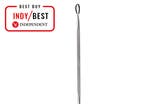


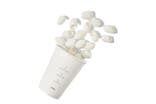

Bookmark popover
Removed from bookmarks